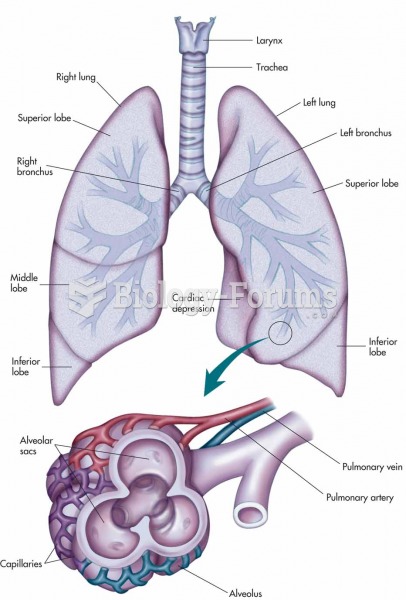Answer to Question 1
Although some people are by nature more creative than others, there are some things an organization can do to train people to be more creative. This involves three steps:
1 Encouraging openness to new ideas -or thinking outside the box
2 Taking the time to understand the problem -only then can the people be equipped to develop creative solutions
3 Developing divergent thinking -taking new approaches to old problems
In addition to training, the organization needs to develop creative work environments. Suggested approaches include:
1 Ensure autonomy
2 Provide exposure to other creative people
3 Allow ideas to cross-pollinate
4 Make jobs intrinsically interesting
5 Allow people to set their own creative goals
6 Support creativity at high organizational levels
Answer to Question 2
An organizations culture emerges over time. The three major factors contributing to the emergence of the culture are:
1 The founders -Their vision and values determine how the organization should operate
2 Experience with the external environment -Influences the organizations strategy and activities
3 Contact with others -As groups of individuals interact within the organization
The world in which an organization operates is constantly changing. External events such as shifts in economic conditions, new technology, and altered government policies will cause the culture to change. The changing composition of the workforce may result in people with different backgrounds and values joining the organization. Mergers and acquisitions can cause dramatic changes in the culture. In addition, the culture may change as the result of planned organizational change.







